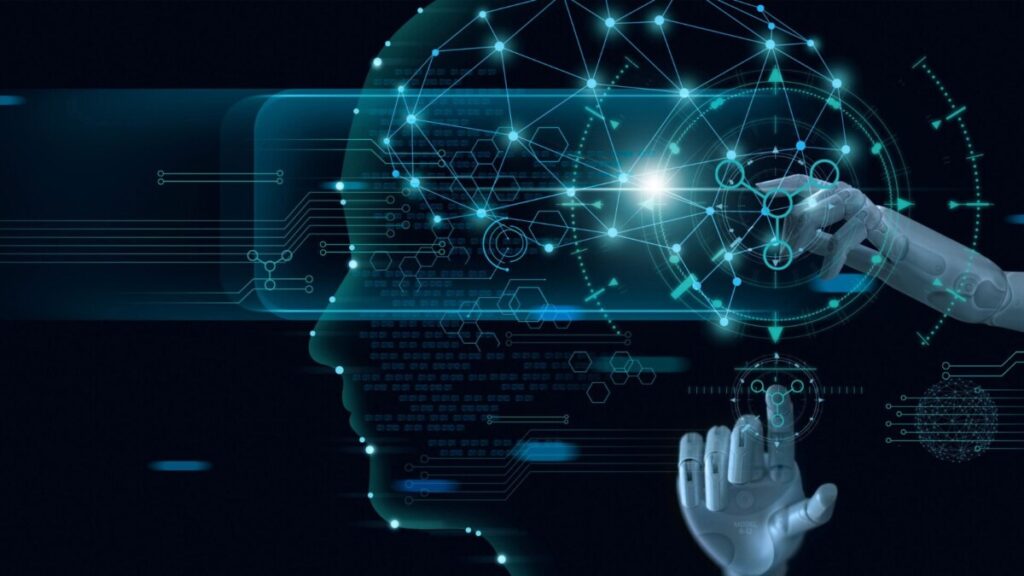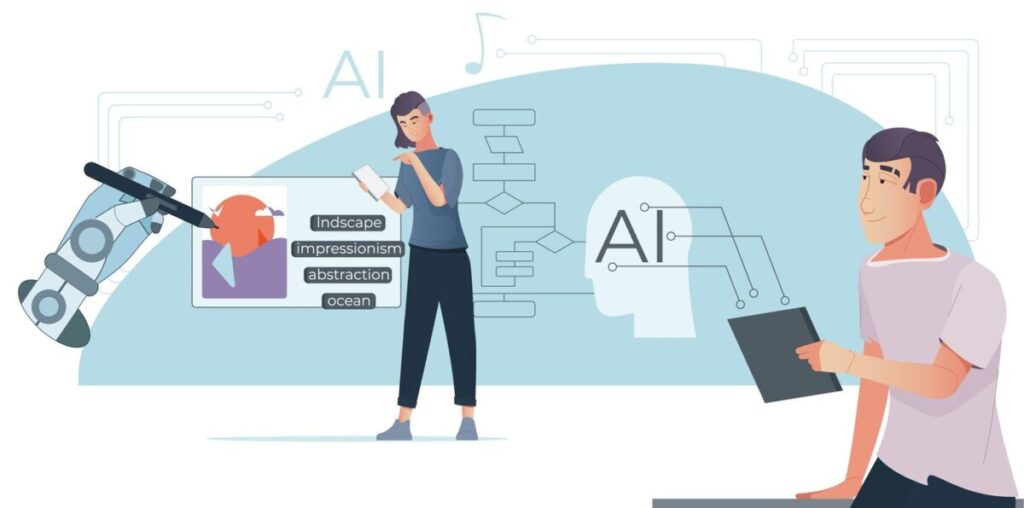
Artificial Intelligence has come a long way—from clunky machines to voice assistants that almost sound like real people. But despite the innovation, there’s still one big gap: humanity. That’s where the idea of humanising AI steps in. It’s not just about making machines smarter; it’s about making them feel more relatable, more understandable, and more trustworthy.
In this article, we’ll unpack what humanising AI really means, why it matters, and how it’s being used to make technology better for everyone.
What Does Humanising AI Mean?
At its core, humanising AI is about designing artificial intelligence to interact in ways that feel more natural and human. This includes:
Conversational tone in chatbots
Emotional understanding in responses
Facial expressions in humanoid robots
Ethical behavior and social awareness
Instead of cold, mechanical replies, a humanised AI reacts with empathy, adapts to context, and even understands humor or frustration. It’s like having a conversation with a machine that doesn’t feel like a machine.

Why Is Humanising AI Important?
Builds Trust with Users
When people interact with technology, they’re more likely to trust it if it responds like a fellow human rather than a programmed bot. Think about how Siri or Alexa make tasks feel easy and friendly.
Improves User Experience
A robot that talks like a friend instead of a manual is a game changer. Whether it’s customer service or healthcare, AI that “gets you” creates a smoother, more enjoyable experience.
Enhances Communication
From emotion detection to context-based replies, humanising AI helps bridge the communication gap between man and machine.
How Are Companies Humanising AI Today?
Natural Language Processing (NLP)
One of the most essential tools in humanising AI is NLP. This allows machines to not only understand human language but also respond appropriately. It’s what powers chatbots, virtual assistants, and AI-generated content.
Voice and Facial Recognition
Tech giants are working on AI systems that can read facial expressions, detect tone of voice, and interpret body language—just like humans do in everyday conversation.
Emotion AI
Emotion AI is all about recognizing and responding to emotions. For example, a virtual teacher might detect if a student is frustrated and adjust its teaching style accordingly.

Benefits of Humanising AI
Improved customer service
Faster problem-solving
More accessible for elderly and disabled
Higher adoption rates in tech-shy communities
Emotional connection and brand loyalty
Challenges in Humanising AI
Ethical Concerns
How human should AI get? If it mimics humans too well, it could blur the lines between real and artificial, raising privacy and ethical questions.
Cultural Sensitivity
AI systems may not always grasp cultural differences, leading to awkward or even offensive interactions.
Misinterpretation of Emotions
Machines aren’t perfect at reading emotional cues. A smile doesn’t always mean happiness—and AI needs to learn that nuance.
Humanising AI in Real Life
Let’s look at a few examples:
Healthcare: AI chatbots that offer mental health support with compassion.
Education: Virtual tutors that adapt to each student’s emotional state.
Retail: AI sales assistants that guide users with friendly, conversational tones.
These applications make the idea of humanising AI not just a tech trend but a real solution to real problems.

The Role of Design in Humanising AI
Designers play a huge part in making AI feel more human. This includes:
Visual design of AI avatars
Tone and vocabulary used in replies
Timing of responses to simulate human pauses
It’s a mix of psychology, tech, and user experience—working together to build relatable machines.
Should We Be Worried?
Humanising AI is exciting, but we must tread carefully. If done wrong, it can deceive users or create dependencies. The key is to use transparency—always letting users know when they’re interacting with AI, not a real person.
Tips for Making AI More Human-Centered
- Use inclusive language
- Design for empathy
- Adapt based on feedback
- Incorporate emotional intelligence
- Focus on accessibility and simplicity
The Future of Humanising AI

We’re only scratching the surface. As AI continues to grow, we’ll see more tools designed to not just think like us—but to feel like us too. The goal isn’t to replace humans but to create smoother, more intuitive interactions.
Imagine an AI doctor who can calm a nervous patient or a teacher bot who knows when to crack a joke. That’s where we’re heading.
Humanising AI is not just about teaching machines to talk like us—it’s about building relationships between people and technology. When AI becomes more relatable, it’s easier to trust, easier to use, and more impactful in our everyday lives.
As we continue to blend tech into every part of life, one thing’s clear: the future of AI is not just smart—it’s human.
FAQs About The Humanising AI
What is humanising AI in simple terms?
Humanising AI means making machines interact in ways that feel natural, friendly, and emotionally aware—like talking to a real person.
Why is humanising AI important?
It builds trust, improves user experience, and helps people connect better with technology, especially in areas like customer service, healthcare, and education.
Can AI really understand emotions?
AI can detect emotional cues through voice, text, or facial expressions—but it doesn’t “feel” emotions the way humans do. It simply responds based on patterns.
Are there risks to humanising AI?
Yes. Over-humanising-AI can blur ethical lines and confuse users. That’s why transparency and user education are crucial.
How is humanising AI used today?
It’s used in chatbots, virtual assistants, healthcare bots, customer service tools, and more—making technology more intuitive and engaging.
